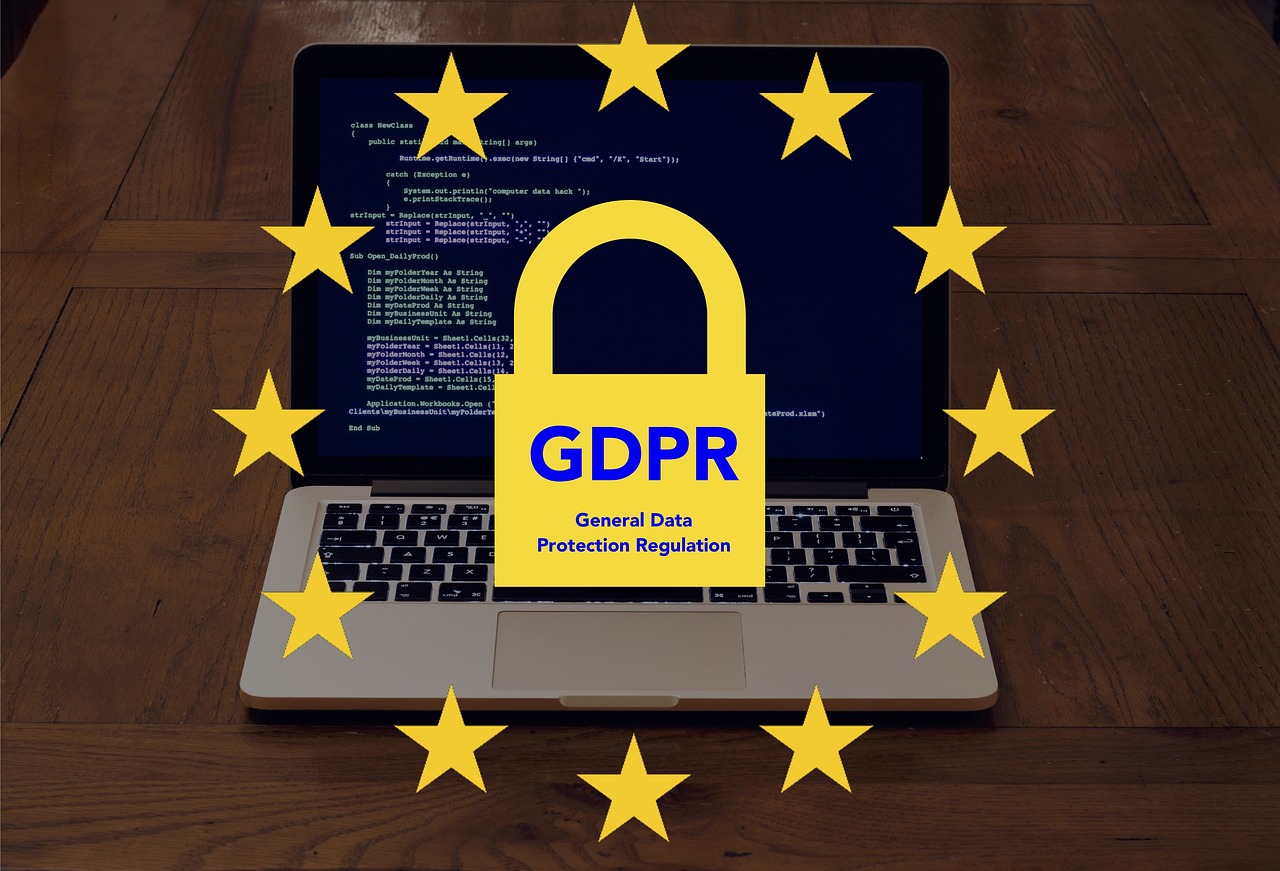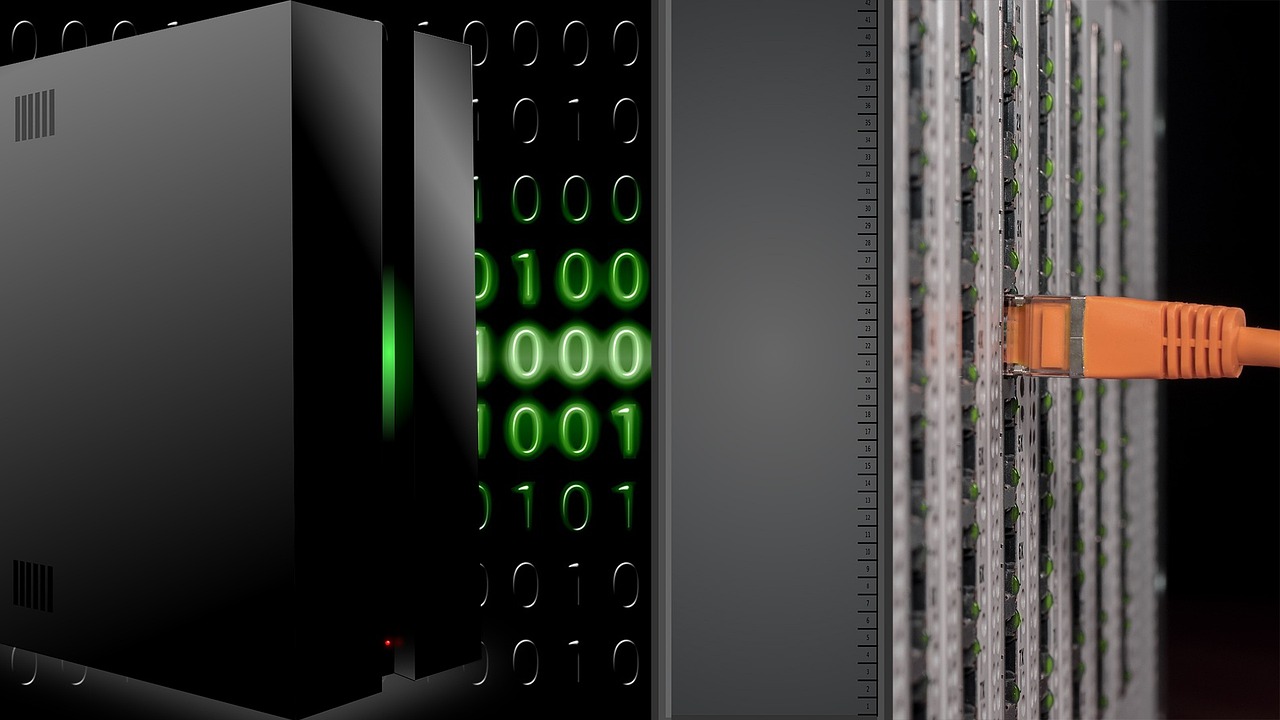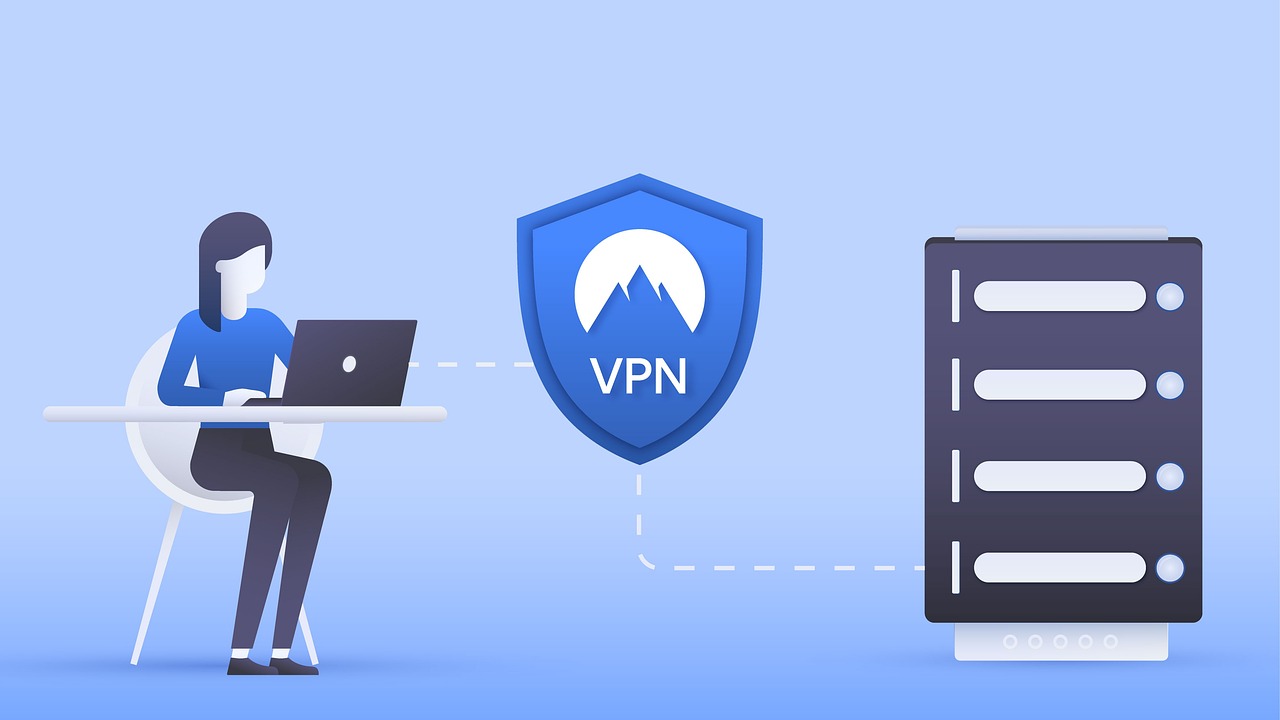
CVE Data: Beyond Patching, Towards Proactive Defense
Understanding and mitigating cybersecurity vulnerabilities is a never-ending race. One of the most important tools in that race is the CVE (Common Vulnerabilities and Exposures) database. This publicly available repository serves as a critical resource for security professionals, researchers, and developers, enabling them to identify, understand, and address security weaknesses in software and hardware systems. Let's delve into what the CVE database is, why it's important, and how to use it effectively.
What is the CVE Database?
The CVE database is a dictionary of publicly known information security vulnerabilities and exposures. Each vulnerability is assigned a unique CVE ID, allowing for standardized reference and tracking. Think of it as a universal naming system for security flaws. Thi...









